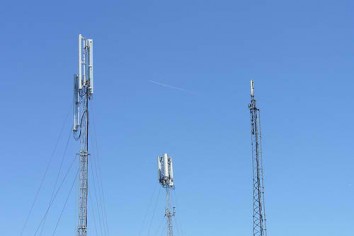No we’re not talking about the artist, we’re talking about the latest baby that Steve Perlman, Onlive Founder, developed with his team of engineers and scientists as San Francisco – DIDO. DIDO, which means “distributed-input-distributed output”, is a new wireless system that is being touted by Perlman as the future of wireless.
DIDO is supposed to revolutionize the wireless world by making wireless networks more reliable (Read: Fewer dropped calls.) and speedy. It does this primarily by addressing the problem with interference. That does not mean that it eliminates interference though. On the contrary, what the DIDO system actually does is it “embraces interference rather than avoiding” it. As users access the Internet through multiple transmitters, what the DIDO data center does is simultaneously access the Web data from the multiple transmitters, processes it, and transforms it to unique signals that carries the data to invidiual users. Since DIDO relies on interference from multiple transmitters to create the unique signals,it means that the system would need to have a lot of transmitters deployed in order to give each user in the network the maximum data rate. The good thing though, is that if conditions are met, users can actually experience speeds at 100 percent, something we all know current wireless technologies do not deliver.
A major loophole of the DIDO system is that it can’t work with signals other than that transmitted by DIDO transmitters, which means that it is unlikely that the technology will be adopted in areas where current Wi-Fi technologies are already pervasive. As Perlman said, “Frankly, I think the first deployments will be outside the U.S.”, which is only sensible considering how wirelessly connected the United States is. Still this is good news to regions and countries where Wi-Fi accessibility is still a problem, since there is no barring their use of the technology. For the rest of us though, unless everyone’s willing to tear down existing cellular phone and Wi-Fi transmitters, we’ll just have to deal with dropped calls and slow, congested internet connections until another technology that can coexist with current technologies arrives.
